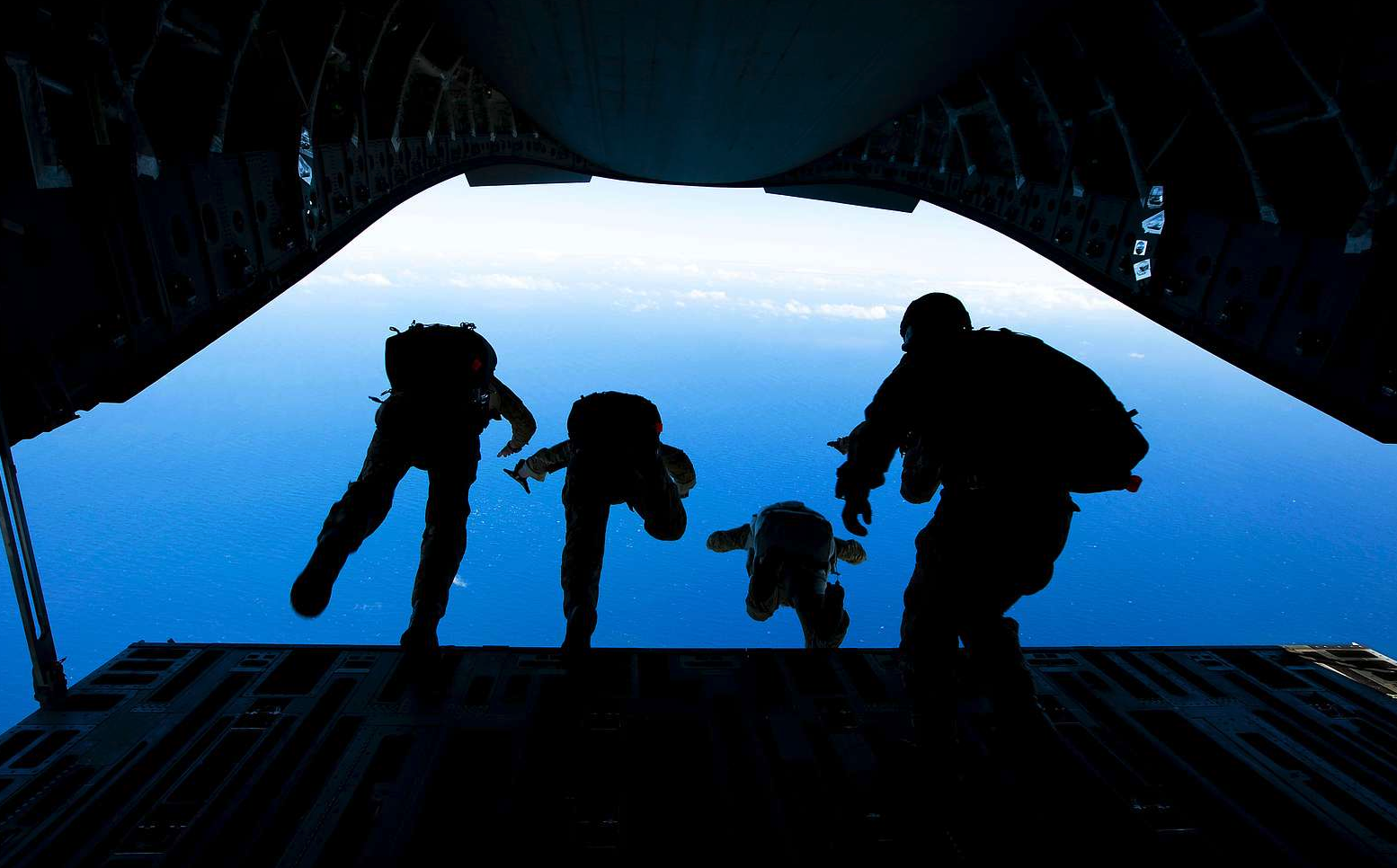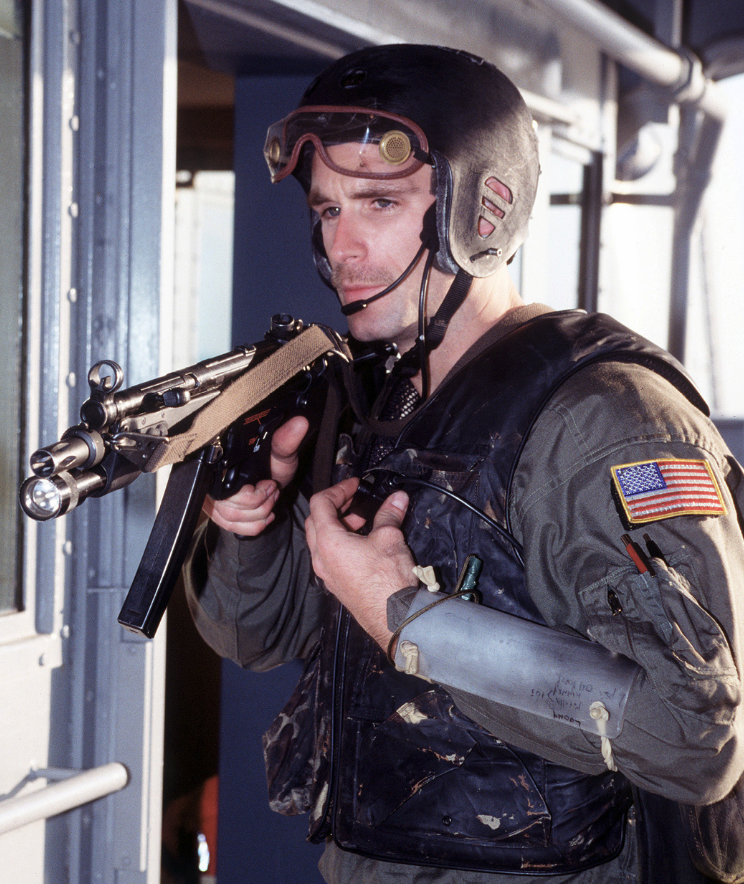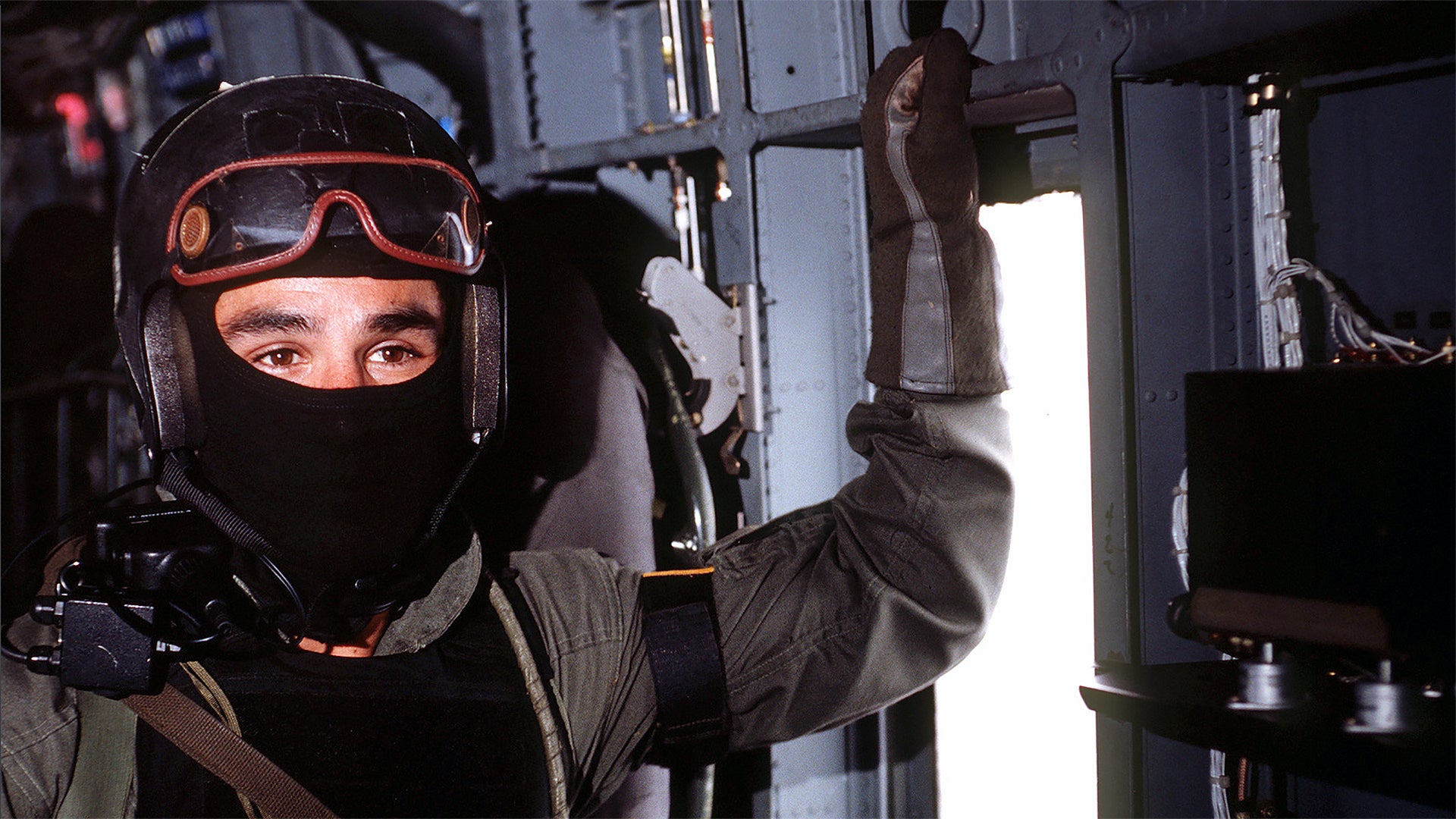The death of Richard Marcinko — the “Rogue Warrior” — on Christmas Day has sparked a lot of interest in his life. Marcinko was the controversial, larger-than-life, highly decorated Navy SEAL who founded the elite counterterrorism-focused SEAL Team Six in 1980. In 2016, Marcinko gave an extensive interview to SOFREP.com in which he offered an intriguing detail about the unique composition of the initial cadre of Naval Special Warfare operators. He says that he had some of his enlisted “shooters” also trained as pilots who flew aircraft the team leased directly, outside the Department of Defense’s normal bureaucratic channels.

In Marcinko’s words, this was “a point of contention,” presumably with ‘Big Navy,’ because “enlisted men were flying airplanes, not officers. And they were leased aircraft; they weren’t Navy aircraft.”
The Navy, like all the armed services, has had enlisted pilots, but it’s rarely been a job for enlisted personnel that’s been welcomed by service leaders. A decade ago, the Navy commemorated the history of naval aviation with a special historical publication, “Centennial of Naval Aviation.” In the Fall 2010 edition, Force Master Chief James Delozier recounted the history of “naval aviation pilots,” the designation given to enlisted ratings who received naval flight training. Delozier’s story of Navy, Marine Corps, and Coast Guard ratings with wings ends in 1981, with the retirement of Navy Chief Robert K. “NAP” Jones, who retired that January. At no point in the program did the number of NAPs ever exceed a few hundred in any of the services, and no new enlisted pilots had been trained since Congress ended the program in 1948, more than 30 years before Marcinko’s tenure at Seal TEAM Six.
What makes Marcinko’s story remarkable is that, as he tells it in the interview, he just went ahead and did it, outside normal channels, apparently never bothering to get his pilots official Navy flight training. While this may have been very ‘on-brand’ for Marcinko’s notorious maverick style, it is amazing to think Navy enlisted personnel were flying SEALs around in the 1980s, albeit pilots very few would have known about at the time.
“I leased civilian airplanes and ran them through stunt school,” Marcinko says.

His reasoning was straightforward. In an aircraft hostage situation in the United States, different agencies are in charge of events on different sides of the aircraft door. Today, he says, if the door is open, the FBI is in charge. If it’s closed, it’s the Air Marshals. “Who’s going to fly me in if I have to do a takedown?” he asks.
“So that’s why I want to fly on my own planes,” he says. “My pilot is a shooter that knows what’s going to be best for him.” He added that the team had helicopters, piston-engine airplanes, and turboprops. “But it was the function — you’re self-contained.”
He goes on to note that, “when this big C-5A comes in, it casts a big shadow. You’re not sneaking up on anybody doing that, when you fly into a big commercial site.”

Given Marcinko’s “Rogue Warrior” persona, it’s might not be surprising, then, that he reports that the Navy didn’t like his rogue air force.
“To get control, the Navy … looked at absorbing my leased planes,” he says. “But then they learned that” this would affect the statutorily authorized number of aircraft the Navy could have. “They would have [had] to lose five of their real aircraft so they could have control of my makeshift dogs and cats.”
The interview is a fascinating story of a very likely brief return of enlisted aviators to the Navy, however far outside of normal channels it may have been.
Contact the author: Brian@thedrive.com.
